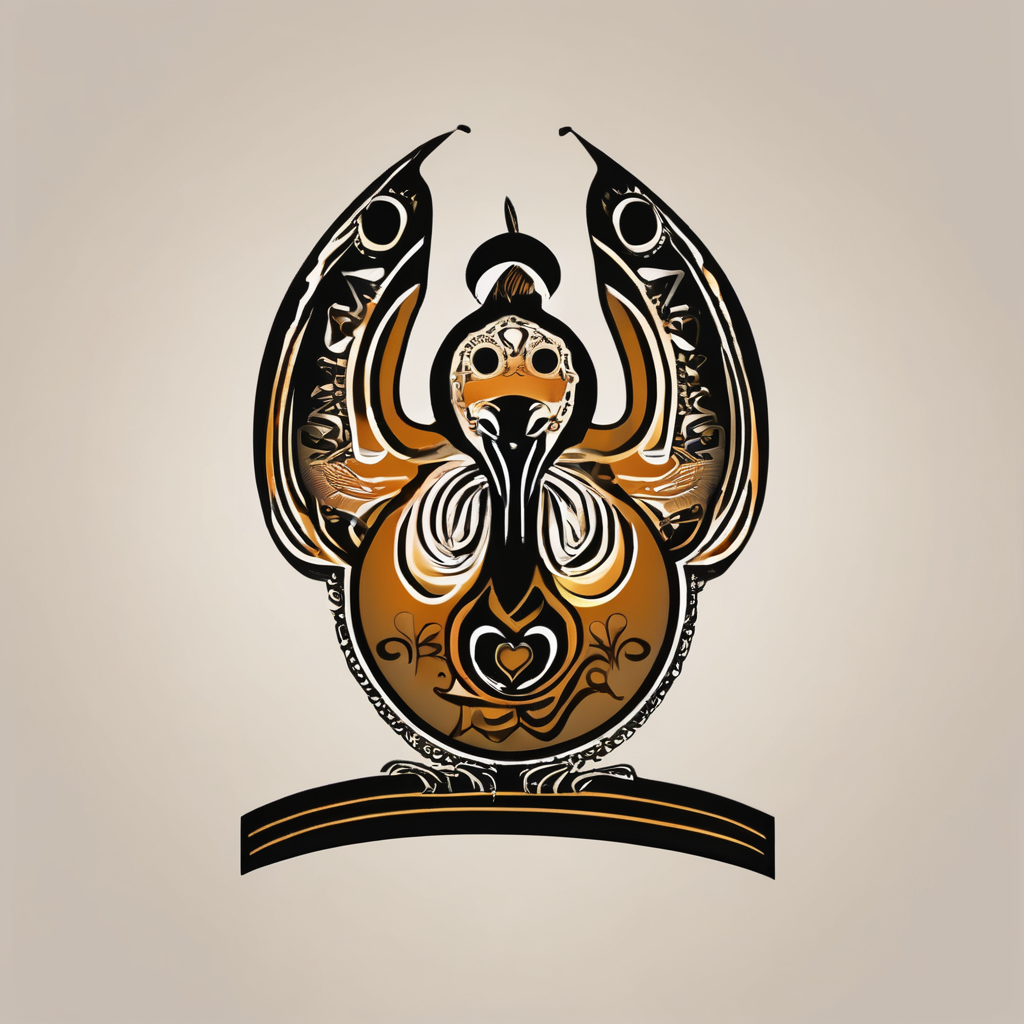Key principles for blending vintage and modern decor in UK homes
Balancing vintage decor UK with modern elements requires thoughtful curation. Start by identifying timeless vintage features—such as ornate mirrors, classic wood furniture, or unique ceramics—that naturally complement contemporary UK interiors. These pieces add character without overwhelming the space. When mixing old and new interiors, maintain a consistent color palette to unify diverse elements. Neutrals often provide a subtle backdrop, allowing vintage items to stand out without clashing with sleek modern lines.
Avoid common pitfalls like overloading your space with too many vintage pieces, which can create a cluttered look, or using items that feel out of place. Not every antique fits every modern scheme; prioritize quality over quantity. Another mistake is ignoring functionality—ensure vintage furniture aligns with your lifestyle needs.
Have you seen this : What are the essentials for a minimalist UK home design?
For a cohesive blend, balance proportions: pair a vintage statement piece with modern accessories rather than filling a room exclusively with one style. This approach respects the heritage of vintage decor UK while embracing updated living preferences. Following these UK interior design tips will help you create a home that’s both stylish and personal, reflecting authentic charm alongside contemporary comfort.
Sourcing vintage pieces in the UK
Finding authentic vintage furniture UK requires targeting the right shops and markets. Some of the best UK vintage shops are scattered across cities, offering unique and character-filled pieces. Markets like London’s Portobello Road and Glasgow’s Barras Market are renowned for diverse selections of vintage furniture and decor. For those preferring online shopping, platforms such as Etsy and eBay UK host vetted sellers with broad vintage inventories.
Also to read : What are the most effective ways to soundproof your UK home?
When deciding where to buy vintage furniture UK, focus on quality checks. Inspect joints, wood condition, and originality of finishes. Genuine vintage pieces often feature craftsmanship details unseen in mass-produced reproductions. Confirming authenticity can save you from costly restoration later.
To score sustainable and affordable finds, consider shopping in less touristy towns or lesser-known shops in the UK. These often carry well-preserved vintage treasures at lower prices. Combining in-person visits with online browsing expands your options, ensuring you don’t miss one-of-a-kind items.
Remember, the charm of vintage lies in its story and durability. Sourcing vintage shopping UK wisely balances aesthetics, price, and sustainability—key factors for developing an enviable vintage collection.
Actionable ways to incorporate vintage items
Blending vintage accent pieces into modern interiors can bring charm and character to any UK home. Start by selecting statement furniture such as an ornate armchair or a polished wooden sideboard. These pieces alone can transform a contemporary space by adding warmth and personality. Complement them with vintage textiles, like patterned cushions or throw blankets, to introduce texture and colour.
When integrating antiques, thoughtful pairing is key. Matching colour palettes helps achieve harmony; for example, soft pastels with aged brass or muted greens alongside weathered wood. Materials and finishes should create balance without clashing. Combining velvet upholstery with distressed leather or glossy ceramics with matte metals creates visual interest while keeping the design cohesive.
Successful vintage-modern combinations often emphasize contrast and complementarity. In UK homes, spotting how a sleek sofa pairs with an antique rug or how a minimalistic lamp enhances a vintage writing desk can provide inspiration. This approach allows the vintage elements to stand out without overwhelming the space, offering timeless appeal alongside contemporary style.
By integrating antiques thoughtfully, incorporating vintage accent pieces becomes an enjoyable way to personalize your home with distinctive decor that tells a story.
Styling dos and don’ts for a balanced modern-vintage aesthetic
Achieving a modern-vintage interior look requires careful balancing to avoid clutter or an outdated feel. When styling vintage decor, focus on blending patterns and textures thoughtfully. For example, pair a classic floral print with sleek, minimalist furnishings to ensure cohesion. UK homes design advice often emphasizes limiting the number of bold patterns in one room—two contrasting prints maximum—to maintain visual harmony.
One common don’t is overcrowding spaces with too many vintage items, which can overwhelm a room. Instead, use vintage pieces as statement accents among contemporary design elements. UK interior designers recommend starting with neutral walls and modern flooring, then layering in vintage accessories such as lamps, rugs, or framed art.
Do mix eras but keep a consistent colour palette to unify the space. For instance, combining a 1950s armchair with mid-century lighting works well if the colours complement each other. Real-life success stories highlight how DIY refinishing vintage furniture with neutral paint can make these pieces fit seamlessly into modern-vintage interiors.
Overall, mastering styling vintage decor is about intentional pairing and restraint—integrate vintage highlights without losing the fresh, streamlined feel of modern design.

